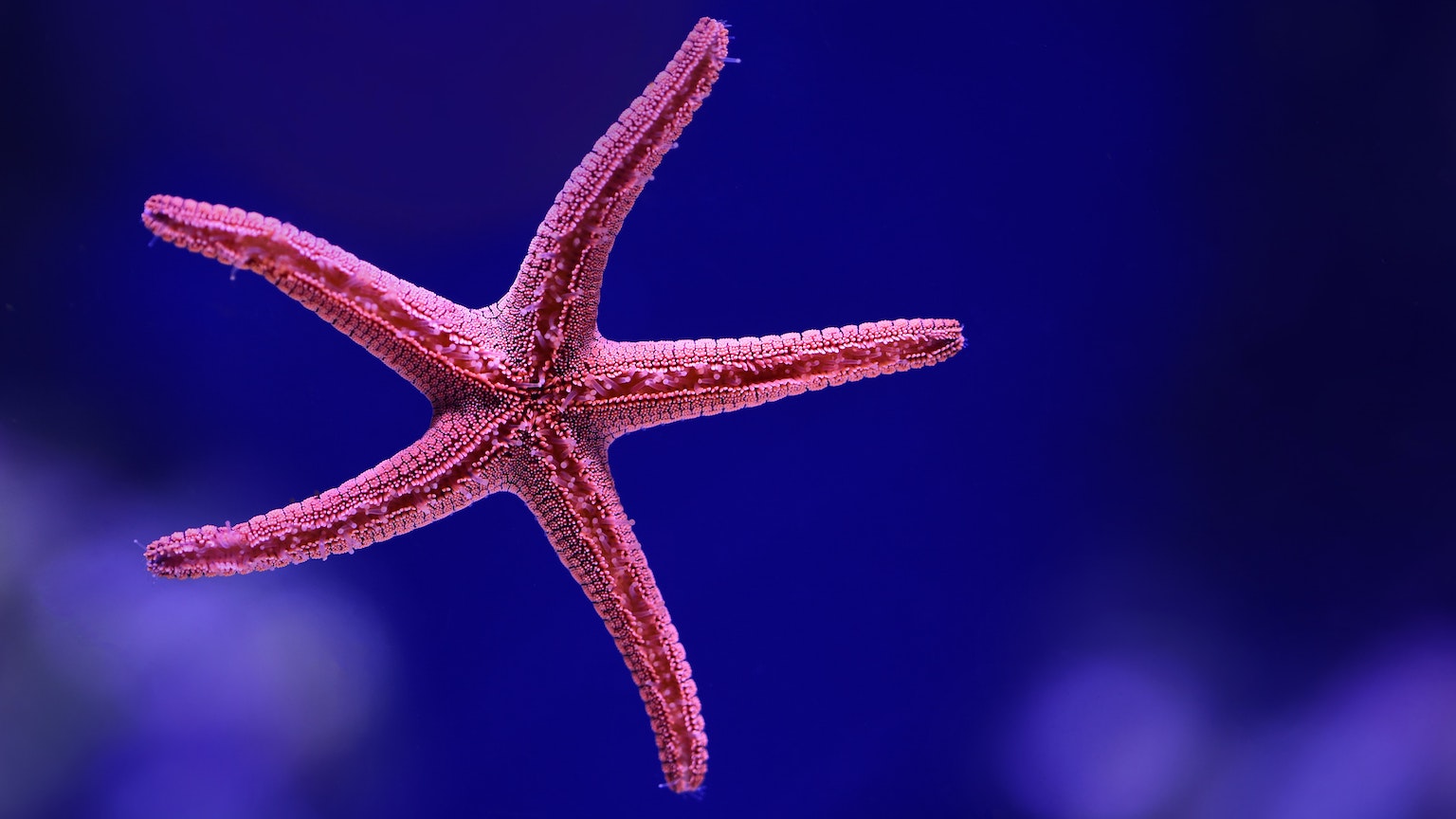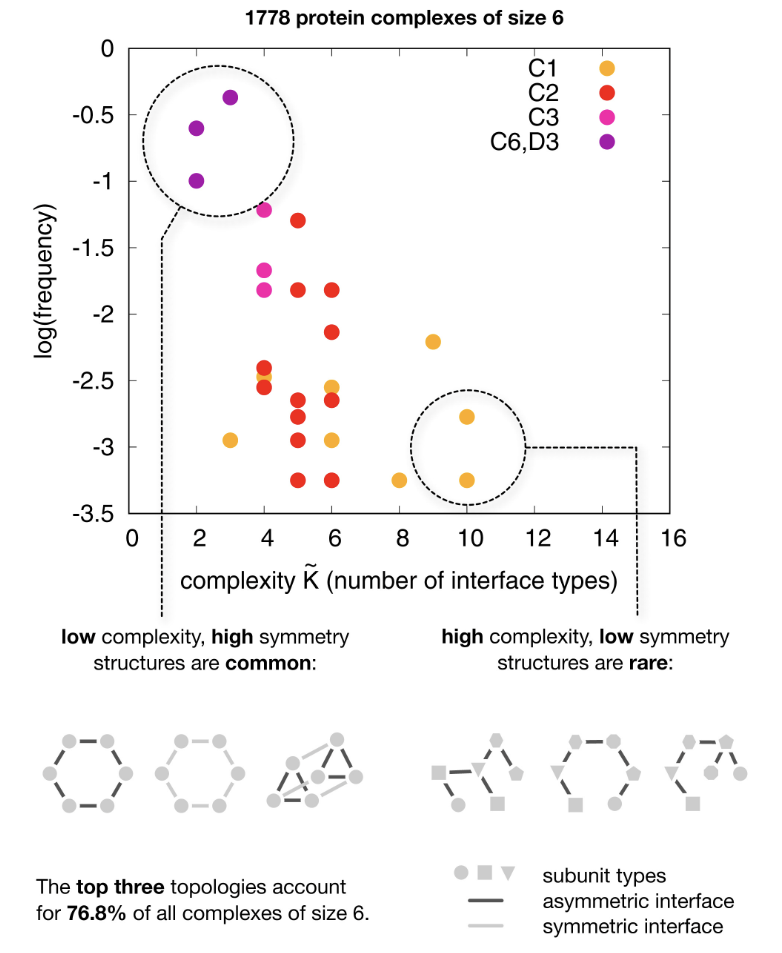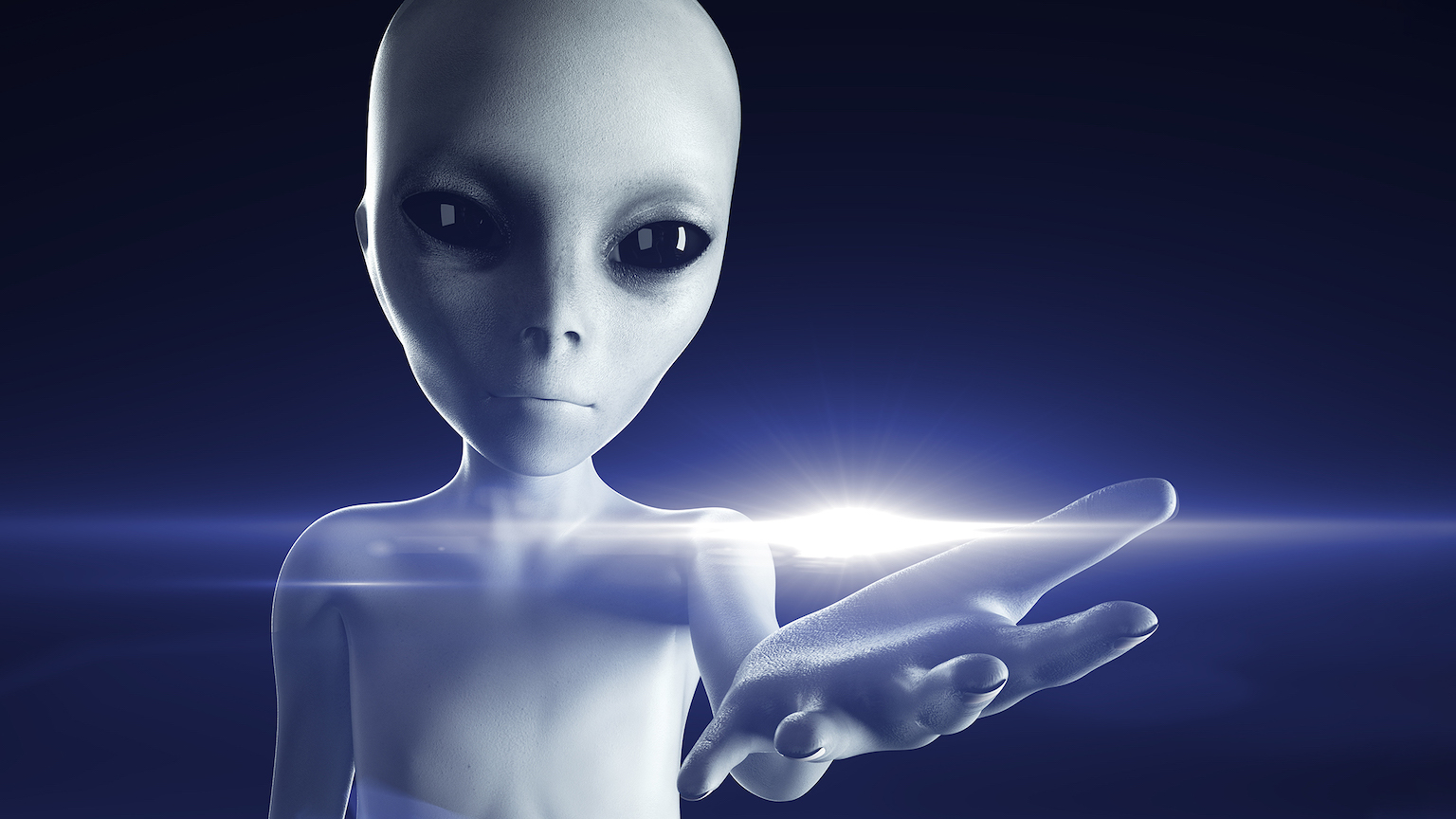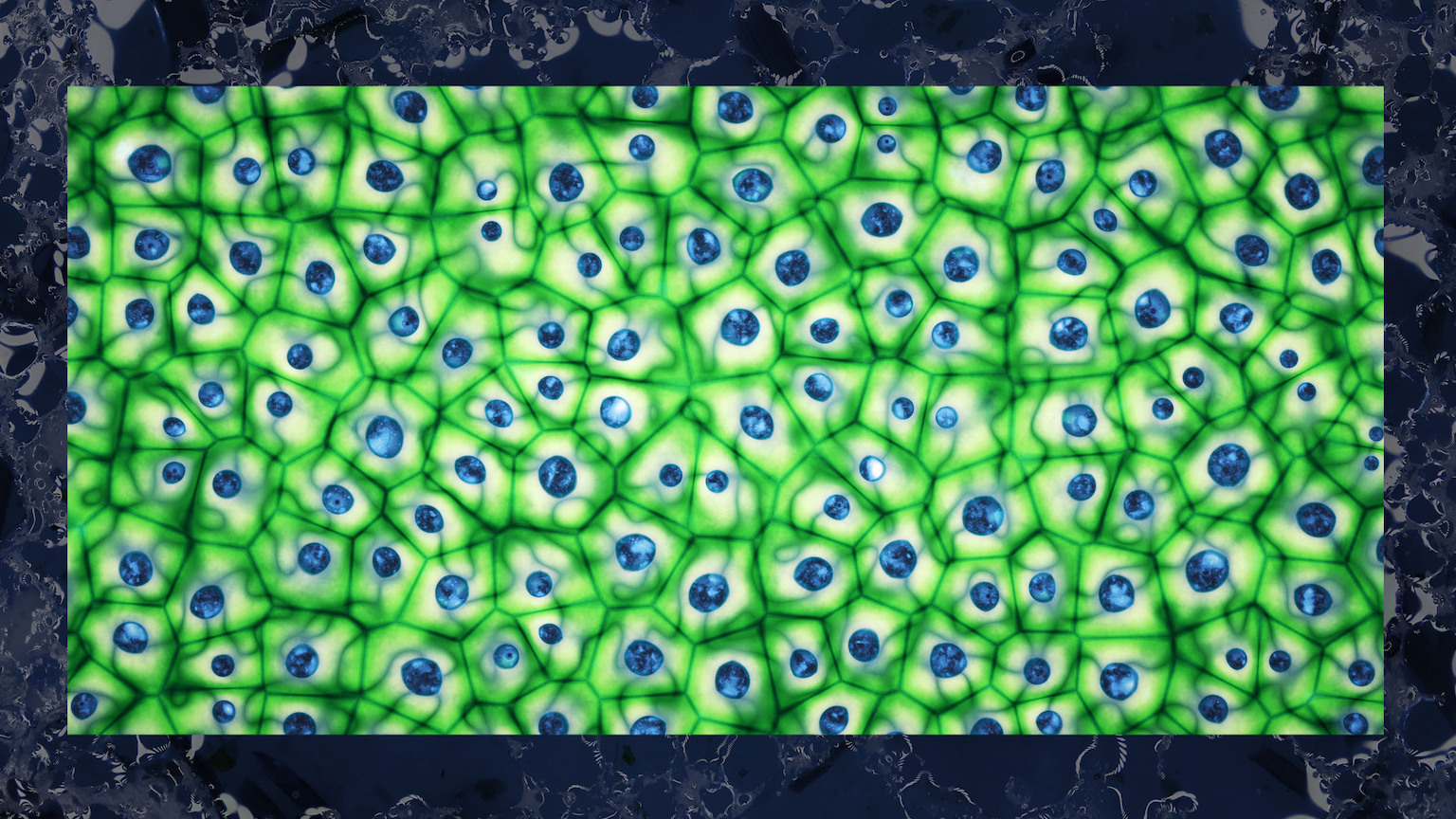Simple is beautiful: Why evolution repeatedly selects symmetrical structures

- Life is marked by symmetrical structures, from the arms of a starfish to the identical subunits of various proteins. Why this is the case is not understood.
- One hypothesis is that symmetrical structures are easier to encode and, hence, are likelier to evolve.
- It is possible that evolution acts as an algorithm with a bias toward simplicity.
Life comes in a variety of shapes and sizes, but all organisms generally have at least one feature in common: symmetry.
Notice how your left half mirrors the right or the radial arrangement of the petals of a flower or a starfish’s arms. Such symmetry persists even at the microscopic level, too, in the near-spherical shape of many microbes or in the identical subunits of different proteins.
The abundance of symmetry in biological forms begs the question of whether symmetric designs provide an advantage. Any engineer would tell you that they do. Symmetry is crucial to designing modular, robust parts that can be combined together to create more complex structures. Think of Lego blocks and how they can be assembled easily to create just about anything.
However, unlike an engineer, evolution doesn’t have the gift of foresight. Some biologists suggest that symmetry must provide an immediate selective advantage. But any adaptive advantage that symmetry may provide isn’t by itself sufficient to explain its pervasiveness in biology across scales both great and small.
Now, based on insights from algorithmic information theory, a study published in Proceedings of the Natural Academy of Sciences suggests that there could be a non-adaptive explanation.
Information and evolution
Nucleic acids and proteins are information-carrying molecules. They carry information not just about how to build an organism but also how it evolved to be. Many theorists have called information the currency of life. On information and evolution, physicist Freeman Dyson said that the origin of life is the origin of an information-processing system.
The faithful replication of information from one generation to another is critical to the continuity of life, whereas errors in the process (that is, mutations) are necessary for life to evolve. Does information also guide which traits evolve?
In information theory, Kolmogorov complexity describes how much computing is required to describe something. (A script for adding 2 + 2, for example, has lower Kolmogorov complexity than a text-to-speech program.) The metaphorical monkey banging away at a keyboard is much more likely to write up a simple script.
Likewise, evolution is likelier to come up with simpler rather than more complex traits. The authors stated that “since symmetric structures need less information to encode, they are much more likely to appear as a potential variation.” To check their hypothesis, the researchers looked for symmetry in protein complexes, RNA structures, and gene networks.
The simplicity of symmetry
Protein subunits attach to each other via interface surfaces to form complex structures. The greater the number of possible interfaces, the more complex a protein is. When the researchers looked at existing structures in the Protein Data Bank, they noticed that most proteins had few interfaces. Overall, it is much more common for nature to produce proteins with low complexity and high symmetry than proteins with high complexity and low symmetry. Computer simulations produced a similar result.

The researchers also examined the complexity of the RNA morphospace (that is, the space of all possible secondary structures of RNA). Their simulations again showed an inverse relationship between the complexity and frequency of structures. This was in line with an earlier study that showed that nature only works with 1 in 100 million possible phenotypes in the RNA morphospace.
Next, the researchers explored if the gene regulatory network for the budding yeast, a popular model organism, also displays symmetry. (Yes, networks have shapes too.) Over the years, scientists have cobbled together a list of differential equations that describe its cell cycle. The researchers simulated many cell cycle phenotypes by randomly changing the parameters of these equations as a proxy for genotype. They noticed that not only was there a bias toward less complex phenotypes, but the real-life phenotype was less complex than all the simulated ones.
Evolution as an algorithmic process
Modularity is another important feature of biological systems, and — just like Lego bricks — thrifty organisms often repurpose genetic or biochemical modules for new objectives. While there are different theories for why evolution selects for modular systems, this study shows that the simplicity of modular parts is a sufficient explanation. Recent work from other research groups also shows that complex morphologies are rare.
Chico Camargo, one of the researchers involved in the study, highlighted in a tweet that “the crazy thing is that all of this happens before natural selection even comes into play. Symmetry and simplicity appear not because of natural selection, but because evolution is an algorithmic process.”





